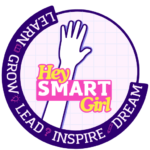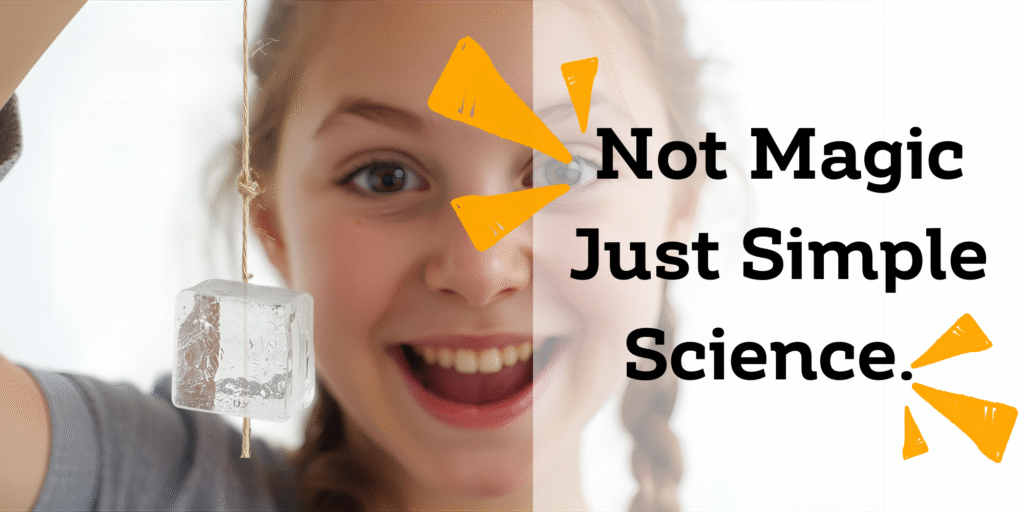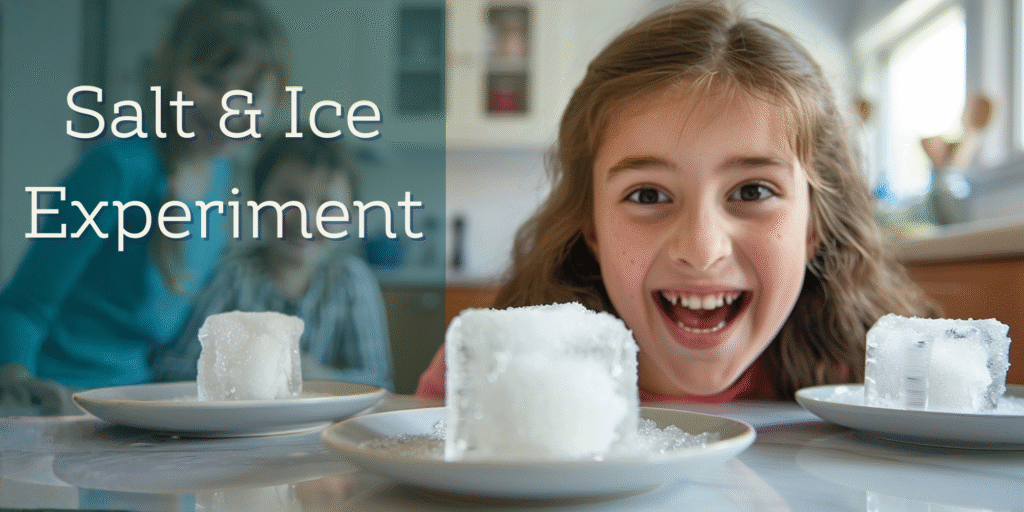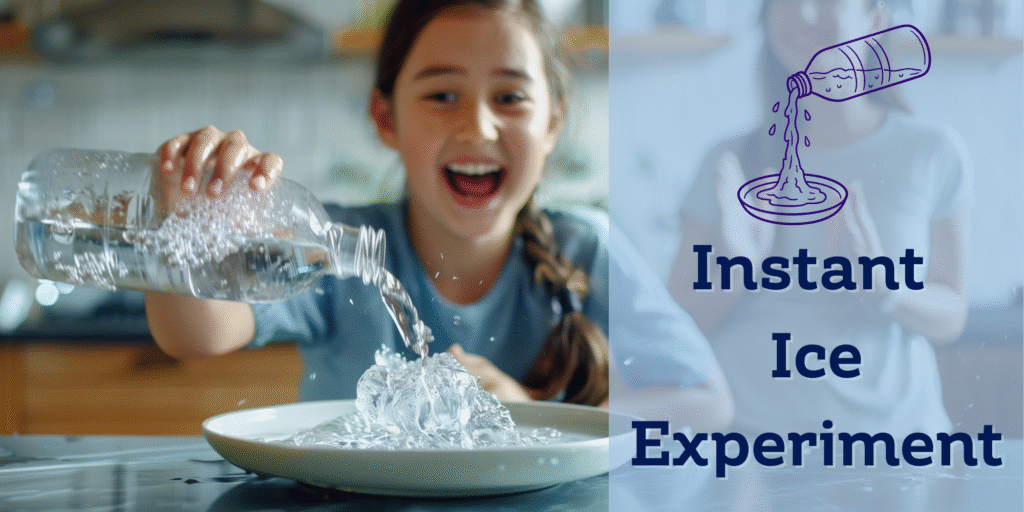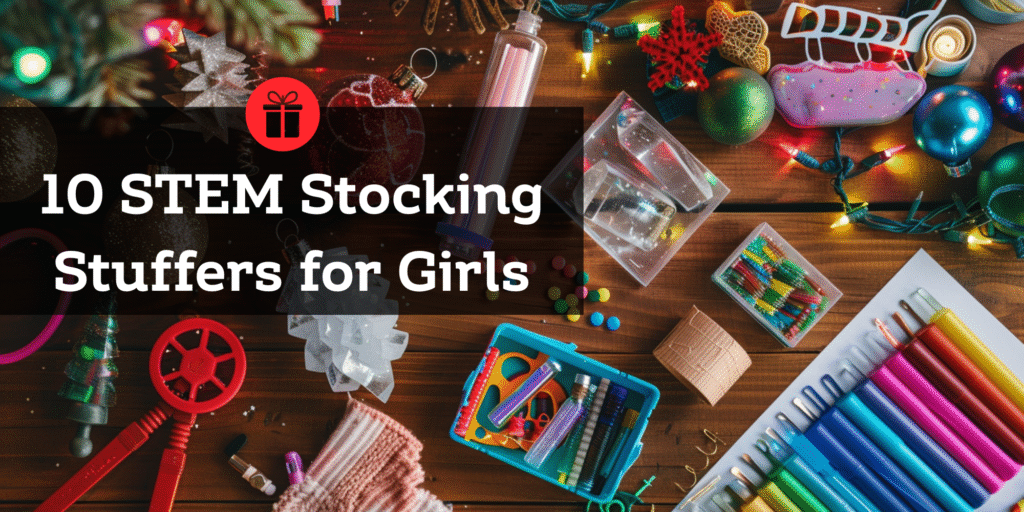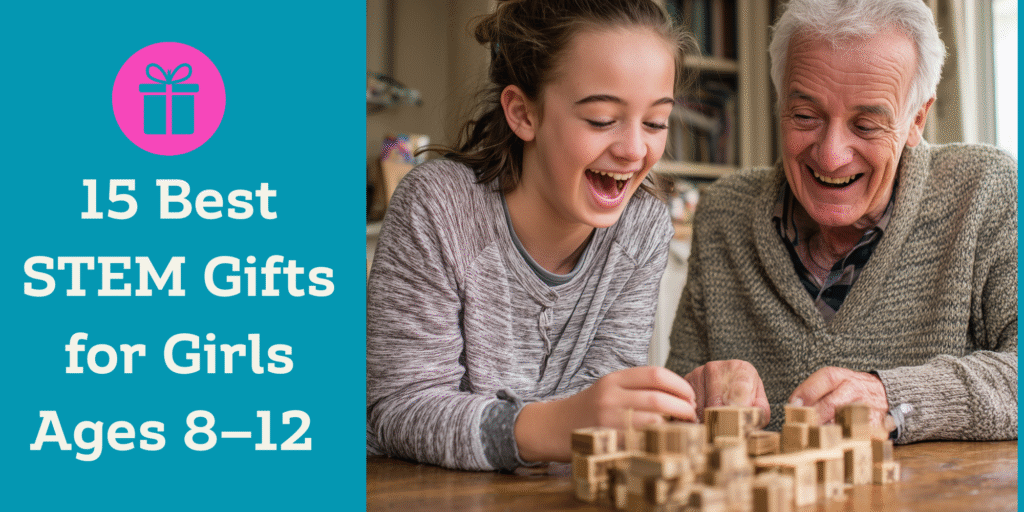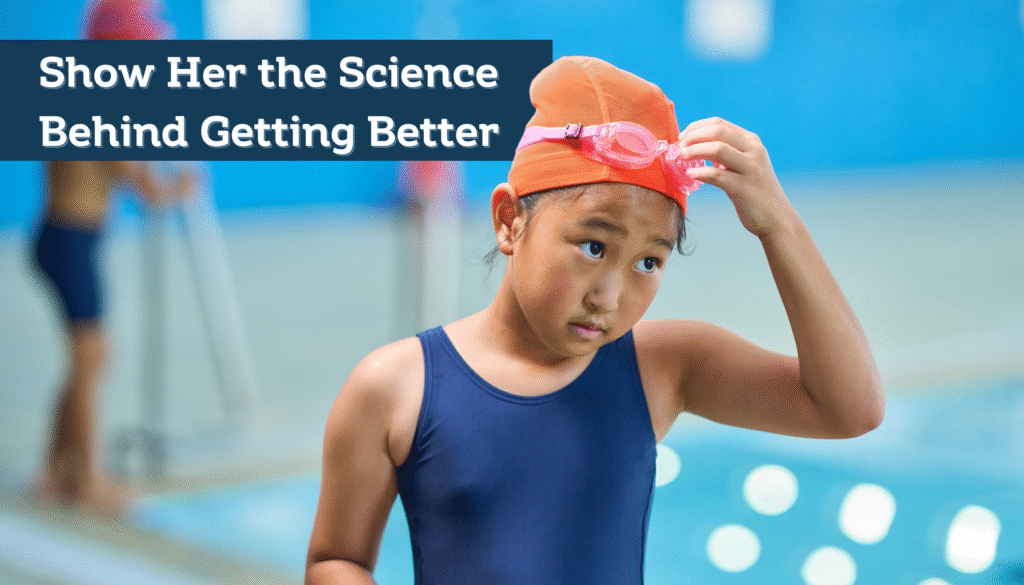STEM Summer Camp at Home
20 Simple Experiments for Curious Girls (and Their Grown-Ups)
A 4-week plan of science fun—one simple, exciting STEM activity every weekday using mostly what you already have at home.
🔬 Introduction
If you’re looking for a way to fill summer with meaningful, screen-free moments and spark your daughter’s inner scientist—welcome to STEM Summer Camp at Home.
This post gives you 20 easy experiments to do together, one for each weekday over 4 weeks. Every activity is simple to set up, uses mostly household items, and includes a “What’s Happening?” explanation to help her connect the dots. And the best part? These experiments build confidence, curiosity, and problem-solving skills—without ever feeling like school.
Whether she’s into explosions or ice cubes, gravity or glitter, you’ll find something in here to make her eyes light up.
📅 WEEK ONE: Kitchen Table Chemistry
1. Magic Milk Explosion
You’ll need: A plate, milk, food coloring, dish soap, cotton swab
- Pour milk into a plate.
- Add drops of food coloring in the center.
- Dip a cotton swab into dish soap and touch the milk’s surface.
What’s Happening: Soap breaks the surface tension of milk, causing the food coloring to swirl around.
2. Balloon Blow-Up (No Mouth Needed!)
You’ll need: A balloon, a plastic bottle, vinegar, baking soda, a funnel
- Pour vinegar into the bottle (about 1/3 full).
- Use the funnel to add baking soda into the balloon.
- Carefully stretch the balloon over the bottle top, keeping the baking soda inside.
- Lift the balloon so the baking soda falls in.
What’s Happening: The acid (vinegar) reacts with the base (baking soda). This chemical reaction creates carbon dioxide gas that inflates the balloon.
3. Rainbow Walking Water
You’ll need: 6 clear cups, water, paper towels, food coloring
- Fill 3 cups with water and add red, yellow, and blue coloring.
- Arrange them in alternating order with 3 empty cups in between.
- Fold paper towels and place them to connect each cup.
What’s Happening: Water climbs the paper towels and mixes colors through capillary action.
4. DIY Slime Lab
You’ll need: White glue, baking soda, contact lens solution
- Mix 1/2 cup glue with 1 tbsp baking soda.
- Add 1 tbsp contact lens solution and stir.
- Knead until it firms up into slime!
What’s Happening: The ingredients react to form a stretchy polymer.
5. Lemon Volcanoes
You’ll need: Lemons, baking soda, dish soap, food coloring, spoon
- Cut lemon in half and place in a dish.
- Poke the inside with a spoon to release juice.
- Add food coloring + a squirt of dish soap.
- Sprinkle baking soda and watch the fizz!
What’s Happening: The acid and base react to create CO₂ foam.
🌈 WEEK TWO: Outdoor Physics & Forces
6. Alka-Seltzer Rockets
You’ll need: Film canister, Alka-Seltzer, water
- Fill canister 1/4 full with water.
- Add 1/2 tablet, close lid quickly, and place upside down.
- Step back!
What’s Happening: Gas builds pressure until it launches the canister. It’s a great intro to projectile motion.
7. Water Balloon Pendulum
You’ll need: Water balloon, string, broomstick or tree branch
- Tie string to balloon and hang it like a swing.
- Pull back and let it go!
What’s Happening: Demonstrates how gravity and momentum work through pendulum motion.
8. Shadow Drawing Challenge
You’ll need: Toys, sidewalk or paper, pencil, sunshine
- Set toys in the sun to cast shadows.
- Trace the shadows at different times of day.
What’s Happening: Teaches how the Earth rotates and changes light angles—basic astronomy.
9. DIY Parachute Drop
You’ll need: Coffee filter, string, tape, paper clip
- Attach 3-4 strings to the filter and tape a clip to the bottom.
- Drop from a height.
What’s Happening: Demonstrates air resistance and how it slows falling objects.
10. Sprinkler Rainbows
You’ll need: Hose or sprinkler, sunlight
- Turn on sprinkler on a sunny day.
- Look from the side to spot a rainbow.
What’s Happening: Light bends and reflects through water droplets—basic refraction.
❄️ WEEK THREE: Cool & Frozen Science
11. Frozen Marbles
You’ll need: Balloons, water, food coloring, freezer
- Fill balloons with colored water.
- Freeze overnight, then peel off the balloon.
What’s Happening: Water expands when it freezes—teaching state changes.
12. Salt & Ice Challenge
You’ll need: Ice cube, string, salt
- Lay string on ice cube.
- Sprinkle salt, wait a minute, and lift the string.
What’s Happening: Salt lowers the freezing point, then the ice re-freezes over the string.
13. Melting Race
You’ll need: Ice cubes, tray, metal, wood, plastic, fabric
- Place cubes on different materials.
- Observe which melt fastest.
What’s Happening: Different materials conduct thermal energy at different rates.
14. Snowstorm in a Jar
You’ll need: Clear jar, baby oil, white paint + water mix, Alka-Seltzer
- Fill jar 3/4 with oil. Add water + paint mixture.
- Drop in an Alka-Seltzer piece.
What’s Happening: Gas bubbles push the water/paint up through the oil—like a snowy lava lamp!
15. Popsicle Stick Chain Reaction
You’ll need: Popsicle sticks
- Weave sticks in an over-under tension pattern.
- Let go and watch the snap!
What’s Happening: A burst of elastic energy is released in a chain reaction.
🚀 WEEK FOUR: Engineering & Everyday Inventions
16. Marshmallow Catapult
You’ll need: Popsicle sticks, rubber bands, spoon, marshmallows
- Stack 7 sticks and secure with rubber bands.
- Add one stick across the stack, and another on top like a lever.
- Launch marshmallows!
What’s Happening: Shows how kinetic energy is released from stored tension in the catapult.
17. Build a Boat & Test It
You’ll need: Foil, coins, tub of water
- Shape a boat from foil.
- Add coins until it sinks.
What’s Happening: Teaches buoyancy and how shape and weight distribution affect floating.
18. Egg Drop Engineering
You’ll need: Raw egg, tape, straws, cotton balls, newspaper, or other protective items
- Design a cushioned container for your egg.
- Drop from shoulder height.
What’s Happening: Shows impact absorption and basic design thinking.
19. Paper Airplane Flight Test
You’ll need: Paper, ruler or tape measure
- Fold several types of airplanes.
- Test and measure distance.
What’s Happening: Demonstrates aerodynamics and how design affects flight.
20. DIY Solar Oven (Make S’mores!)
You’ll need: Pizza box, foil, black paper, plastic wrap, marshmallows, chocolate, graham crackers
- Line the inside of the box with foil and black paper.
- Wrap the lid opening with plastic wrap to create a “window.”
- Place s’mores inside and close lid.
- Set in full sun for 30+ minutes.
What’s Happening: Uses solar energy to trap heat and cook—like a mini greenhouse!
💖 Final Thought
This STEM Summer Camp at Home is more than a checklist—it’s a memory maker. These simple experiments show her that science isn’t just in textbooks. It’s in the kitchen. The garden. The sky. Her hands.
So grab a few supplies, carve out a few minutes each day, and let the fun unfold. 🔬 Because when you nurture her curiosity, you build more than knowledge—you build confidence, joy, and a sense of wonder.
Loved these experiments? If your girl lit up during these activities—or if you’re on a mission to raise a confident, growth-minded young scientist—check out the Hey Smart Girl books on Amazon. They’re designed to keep the wonder going, one empowering page at a time.
📘 Glossary (For Curious Minds!)
- Surface tension: The “skin” on water created by water molecules sticking together.
- Capillary action: How water moves upward through narrow spaces like paper towels.
- Polymer: A long, stretchy molecule made of repeating units—like slime!
- Exothermic: A reaction that gives off heat or light.
- Projectile motion: How things move when thrown or launched, like rockets.
- Buoyancy: The force that helps things float in water.
- Solar energy: Power from the sun’s light and heat.
- Thermal energy: Energy from heat that transfers between materials.
- Aerodynamics: The way air moves around things—important for flight!
- Elastic energy: Stored energy in things that can stretch or bend.
- Kinetic energy: Energy of motion—what things have when they move.
